The experts, who gain national celebrity, come from some of the nation’s top auction houses.
At least 6,000 objects are appraised per event, according to the AR website. Raleigh featured 64 appraisers in 23 areas ranging from Ancient Art to Rugs and Textiles.
But, if I’ve learned anything since experiencing AR in person, it’s how I badly want to steal something — nothing I saw hauled in by the show’s many acolytes. Something cerebral, like the sharp and witty descriptions of the participants in Jay Kang’s Liars, Losers and the Lessons of Antiques Roadshow. Now that, I wanted to steal. Because Kang has broken down exactly what it means to, like me, become one with legions of liars and losers.
The lesson? I, too, was prepared to fake amazement on live television. As if unsure whether baubles I dragged along truly merited the golden AR spotlight — before summarily learning said baubles were unworthy.
That was the lesson.
Am I a sore loser? I’m scouring the internet to find fellow liars and losers because . . . well, misery loves company.
But I digress. Because the reason you’re here is my liar-to-loser exposé.
Learning my ticket admitted two, I gave one to fellow AR fan Larry. [Last name withheld because, well, there’s some shame in our game.] Thereafter, we weighed what items we would take for evaluation.
On event day, May 16, we left Greensboro for Raleigh at 11 a.m., although our admission time wasn’t until well after lunch. We amused ourselves on the drive by practicing reactions: “Wow! You’re kidding me, right? I had no idea!” and pulling astonished faces.
If you’ve seen the show, you understand. For the rest of you, “Wow” is the conditioned response. It’s Pavlovian. When appraisers tell owners their signed baseball is worth a gazillion, or grandma’s churn is worth thousands, they all mutter the same dazed response: “Wow.”
As if they’ve never heard of Google search.
Nervously excited, we stop off for a slice of pizza and can barely eat for yakking. We have high hopes our treasures might astonish even the most jaded AR appraiser.
Larry brings some prizes from estate sales: most importantly, a French painting along with some decorative objects, including Bactrian, or “mud,” camels. I have some heirlooms from my husband’s family, small enough to tuck into my purse.
Pulling into the parking lot, heat radiates on the horizon. Waved through successive lots by the guards, we notice the decidedly older crowd, gesturing and animated.
Collapsible wagons, the main accessory of the day, are being popped open and filled.
AR flags fly merrily, and navy-blue tents marked the museum grounds — like what exactly? “This looks like a geriatric Taylor Swift concert,” I mumble to Larry, who scored the prize he’s driving at an estate sale. The 2012 350 E Mercedes with only 81,000 miles is a honey of a find. (A great talisman, we had agreed en route.)
“We’ll either come home excited or come home with our tails between our legs,” he predicts. We grow suddenly sober. We had taken time away from work. But clearly, here is a crowd with nothing but time — and suspected valuables — on their hands.
Scores lug boxes or tug arcana and indescribable objects. Confusingly, some enter as others exited, given our staggered ticket times. On his way out, a white-haired man drags a darkly stained and shellacked tree stump festooned with carved stallions, legs pawing and tails flailing.
“What is that?” yells a hard-of-hearing AR fan.
“A table!” chirps the owner. “It weighs 250–300 pounds.” Two people mouthed the requisite “Wow,” at which the stallion table owner glowed. For him, it’s worth it’s weight in AR gold.
Rather than exit, he suddenly heads for the AR Feedback Booth. Here one could roll the dice again in a last gambit to get on air with a self-effacing joke about how their treasure was mere trash.
We wade through the throngs. A man bearing dodgy looking brass vases howls, “They’re worth $2,000! And I only paid $300 for them!”
“Wows” follow. He bears a triumphant grin on the scale of the stallion stump table.
We trudge with the treasure-laden to Stage 1, called “triage,” to be assigned categories.
The screener in triage, now humorless as it was 1:30 p.m. and she had been on site since 6:30 a.m. — wearily inspects our objects. Her sweat-dampened hair sticks to her forehead.
We are separated for the rest of the day, Larry dispatched inside an air-conditioned museum building, first to Asian Arts then Paintings. (Later reporting that there were few in those lines.) I had no such luck, sent first to the popular Jewelry queue, the longest on the premises, before the even longer Decorative Arts and Silver line. Both are outdoors, where I crowd-watch — and bake.
Walking canes and wheelchairs are not uncommon. Some stagger past bearing weighty relics, curiosities and sundry collectibles.
As of 1:45 p.m., 35 people wait ahead of me. Occasionally, others are escorted by AR crew to the front of the line. Rather than advancing, I steadily lose ground. Standing on tiptoe, I spot natty Doyle Auctions appraiser Kevin Zavian, who wears a suit despite the heat. At the beginning, an electric energy ripples through the line, as we murmur about possibilities.
Yet, the reality goes from manic to depressive as we see stranger things by the hour.



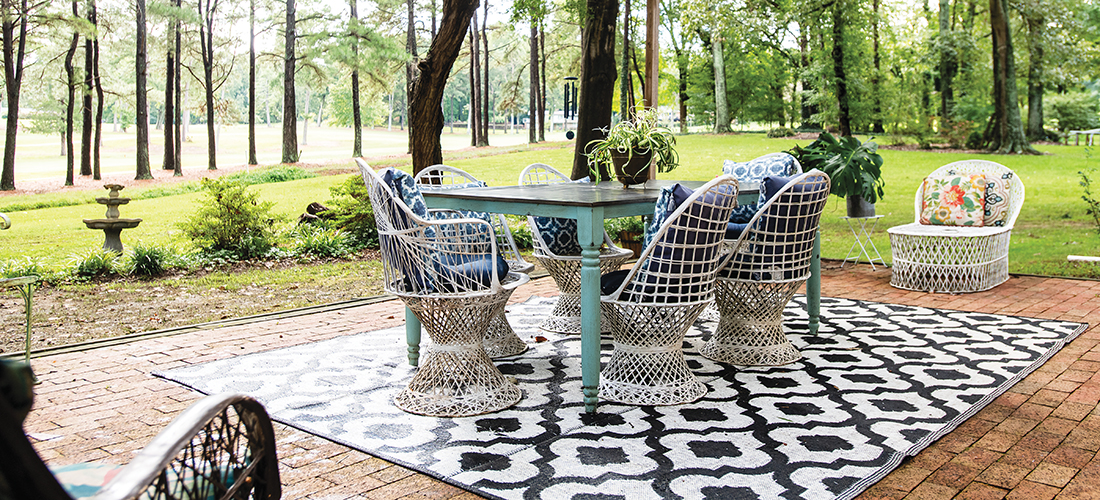



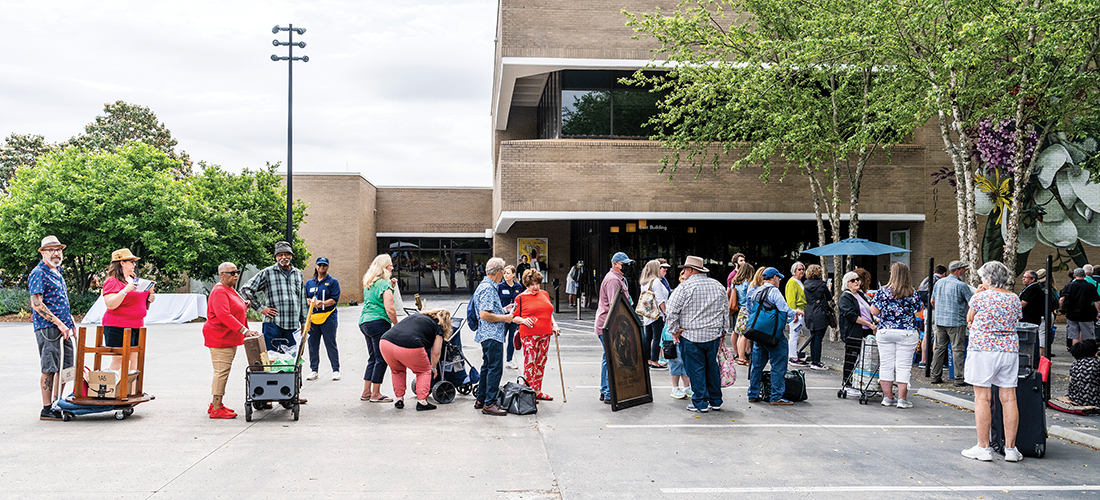



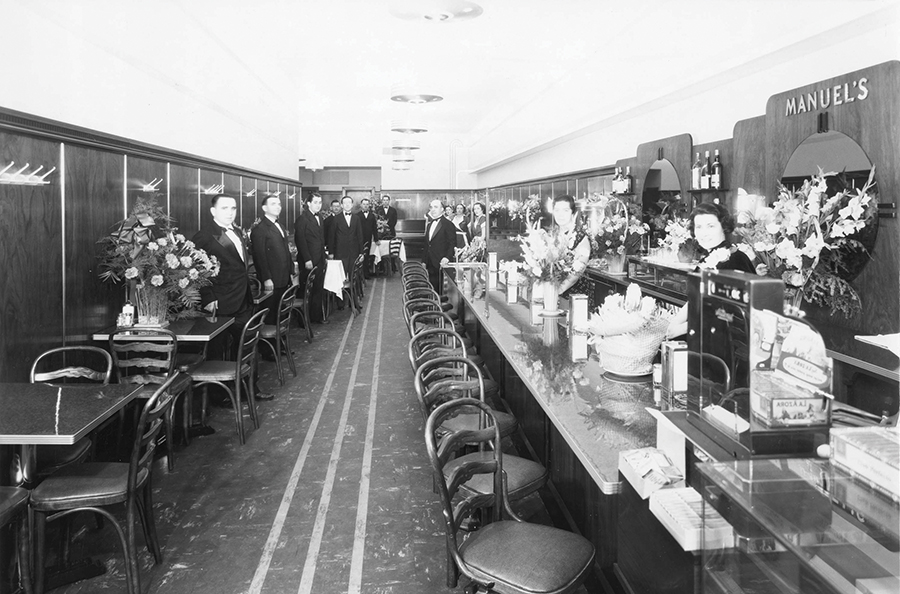
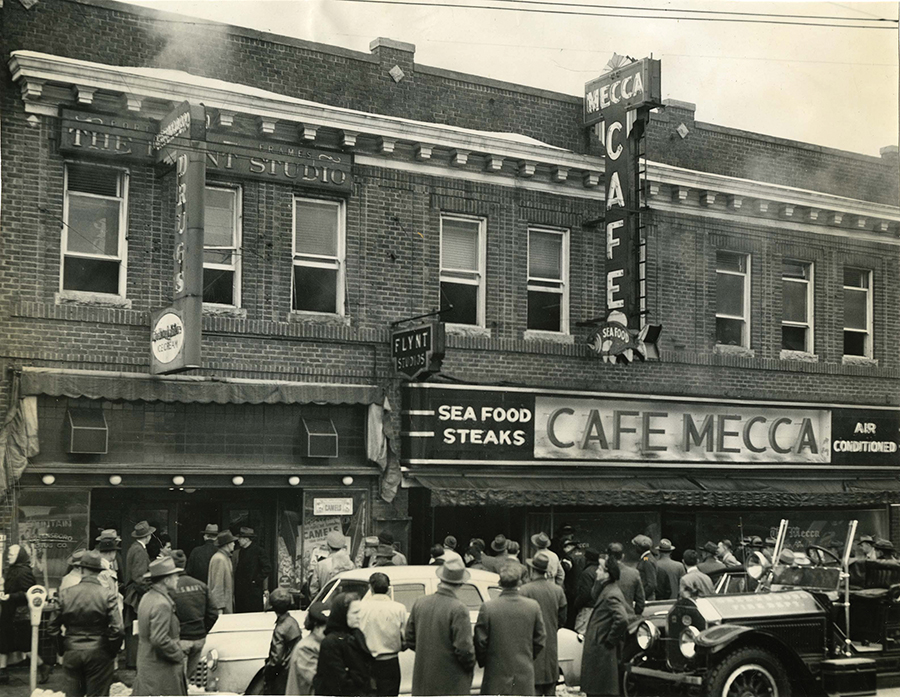
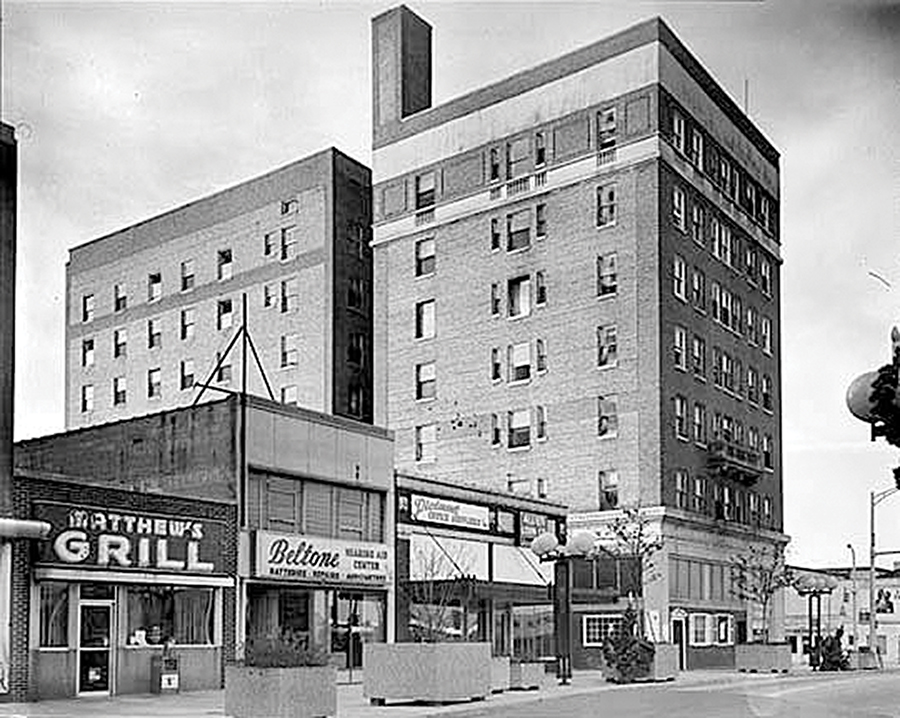

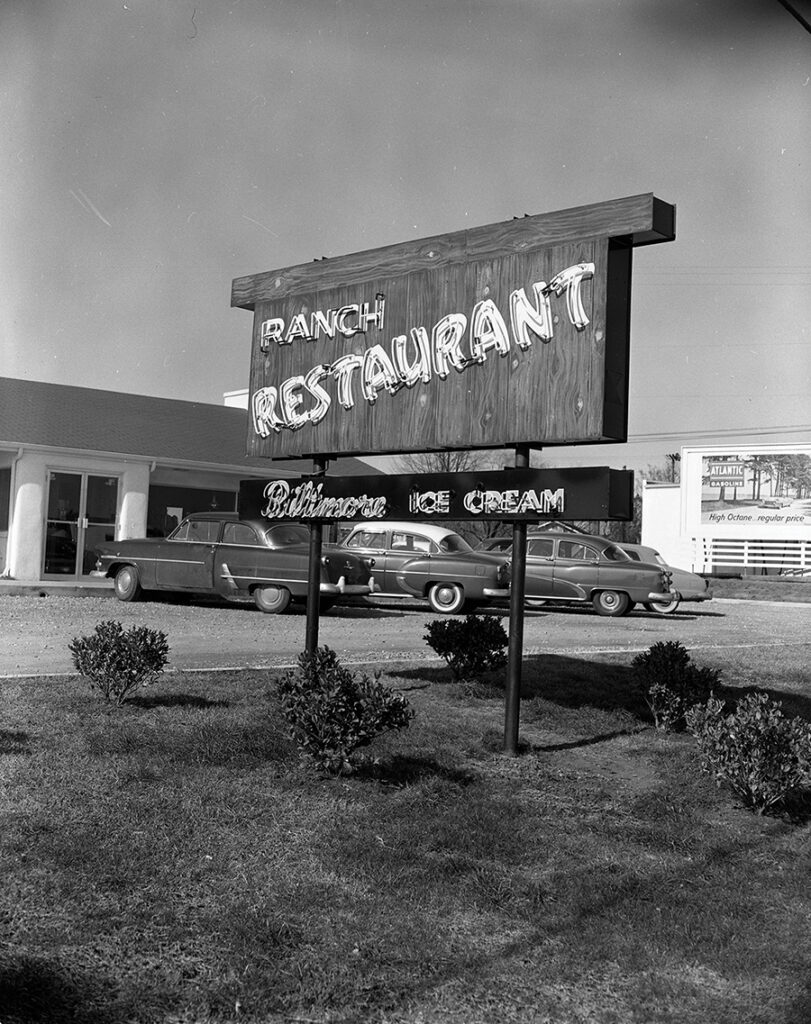

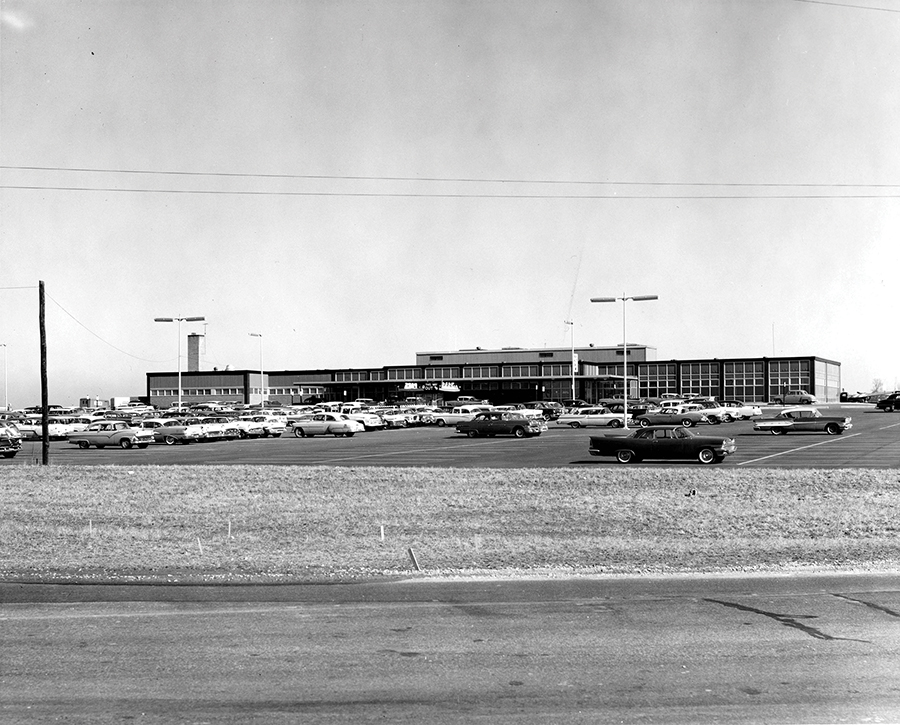
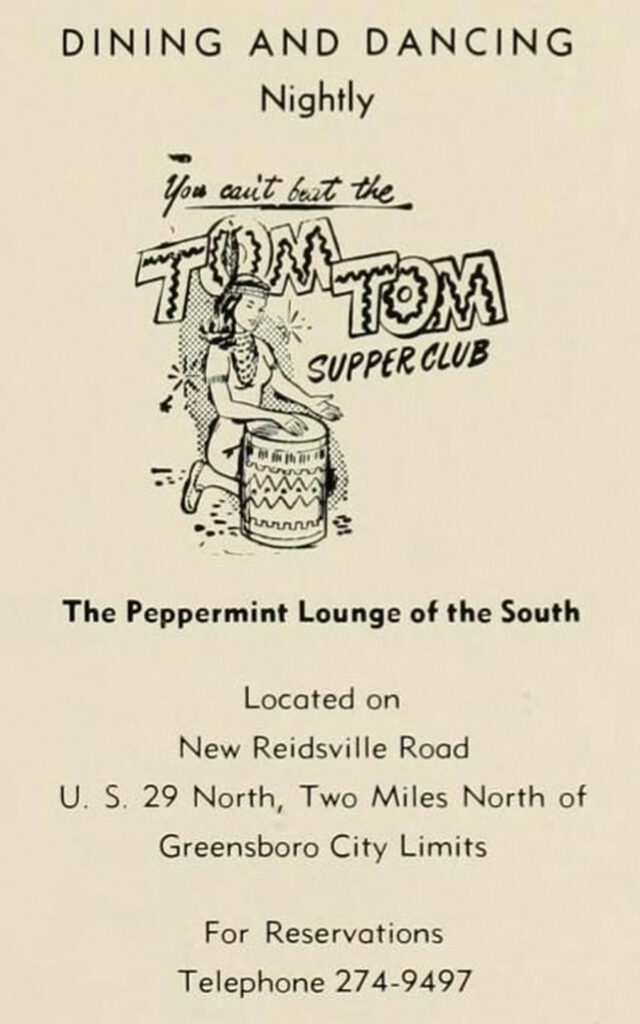
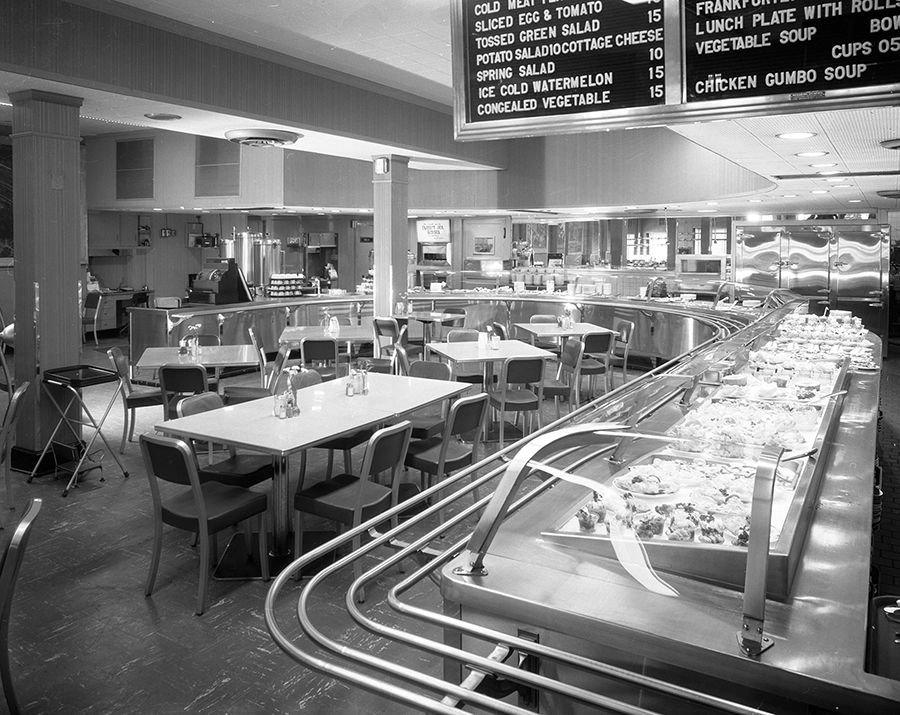
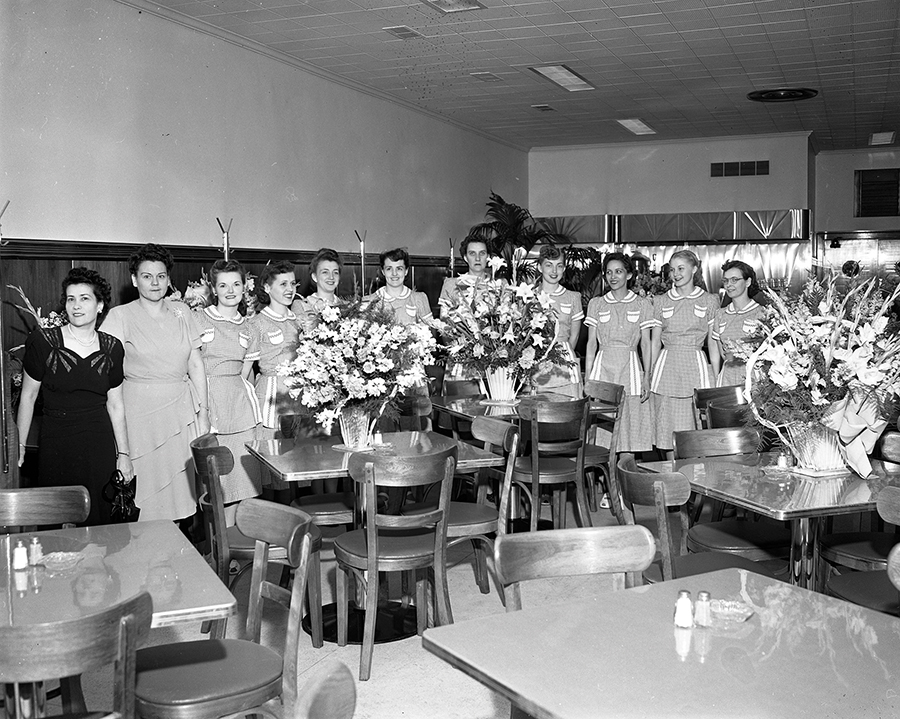
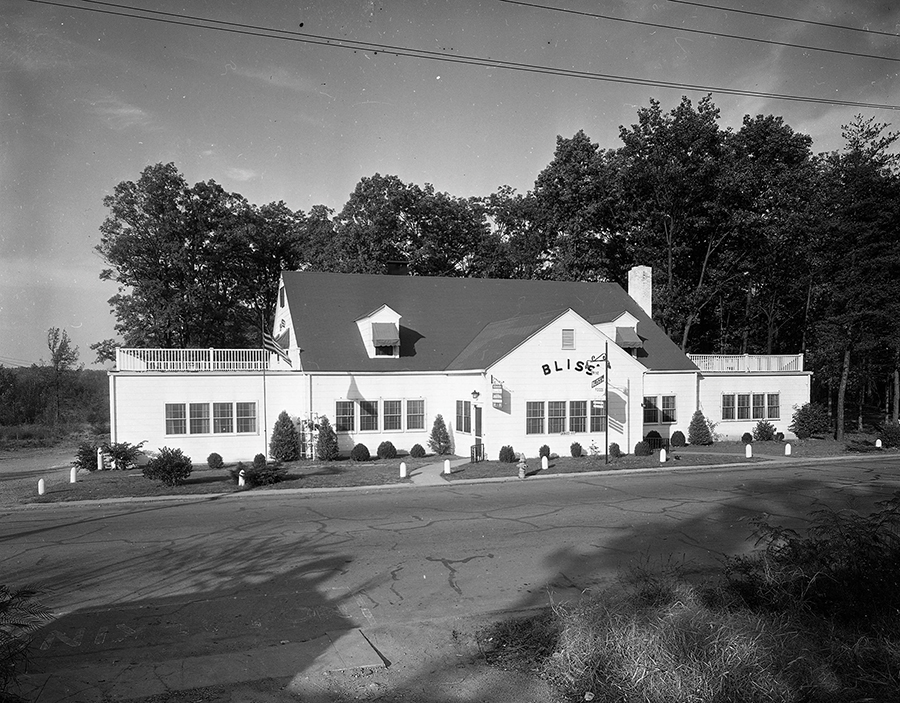
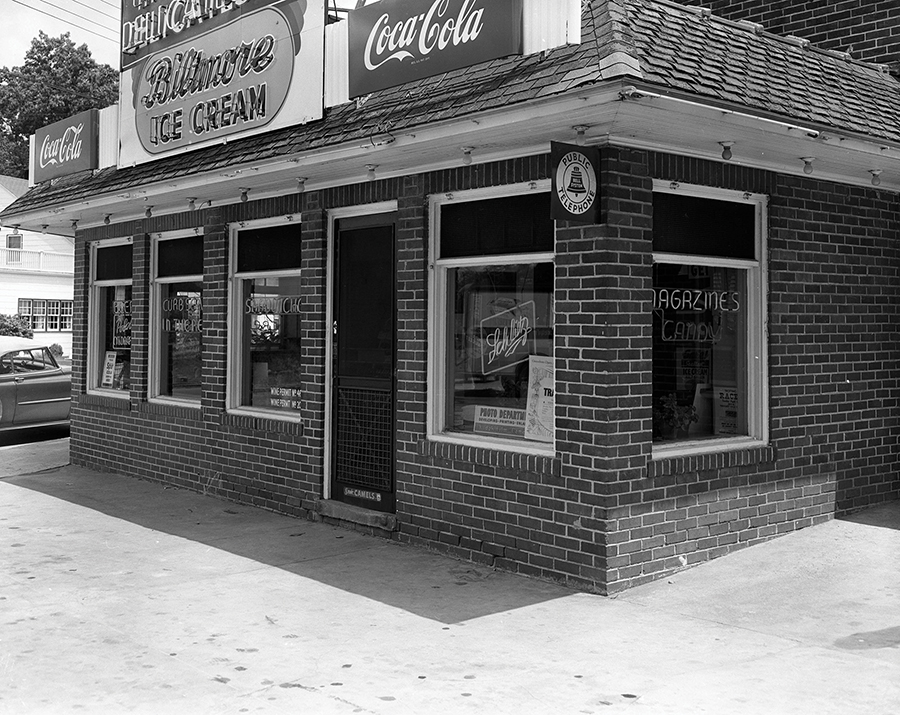
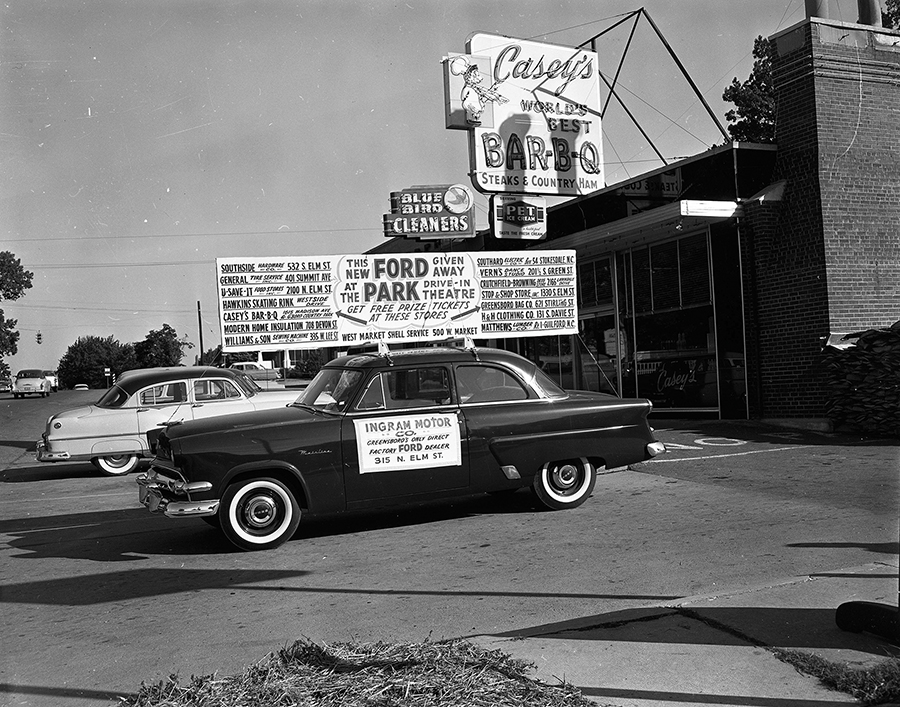
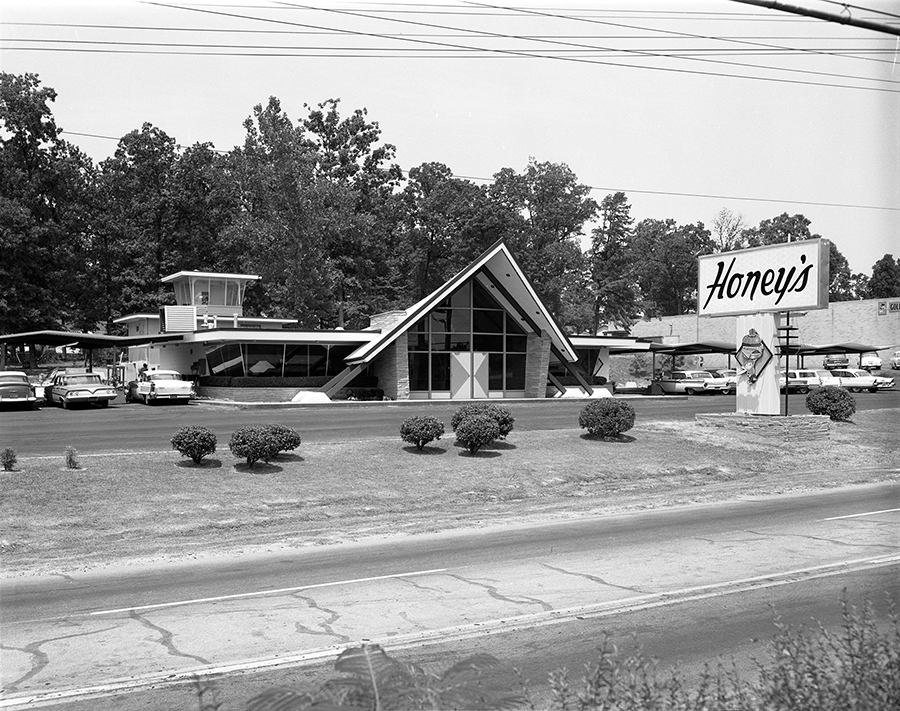
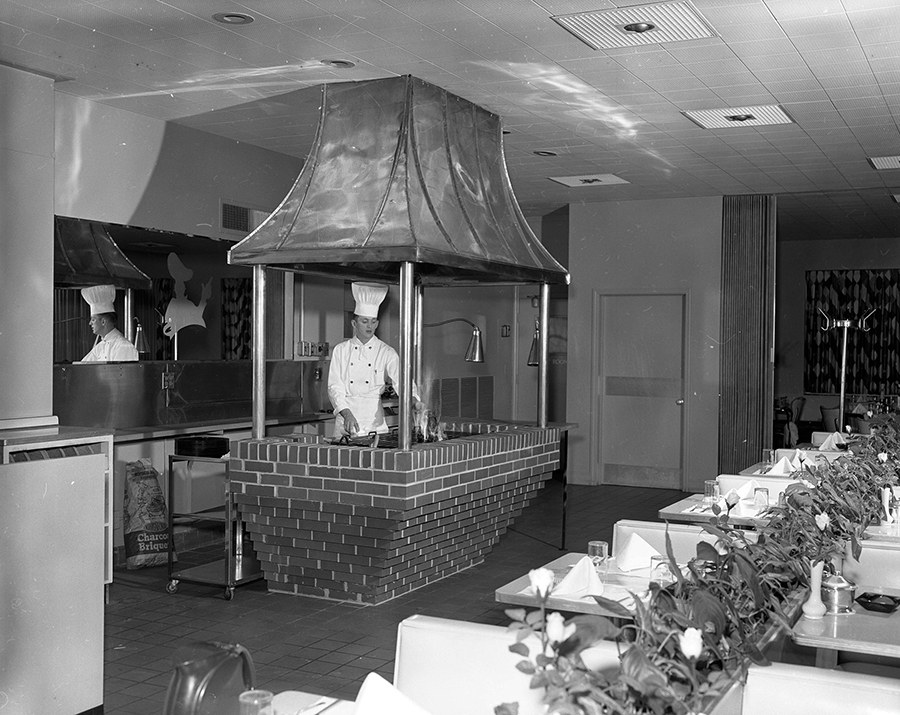
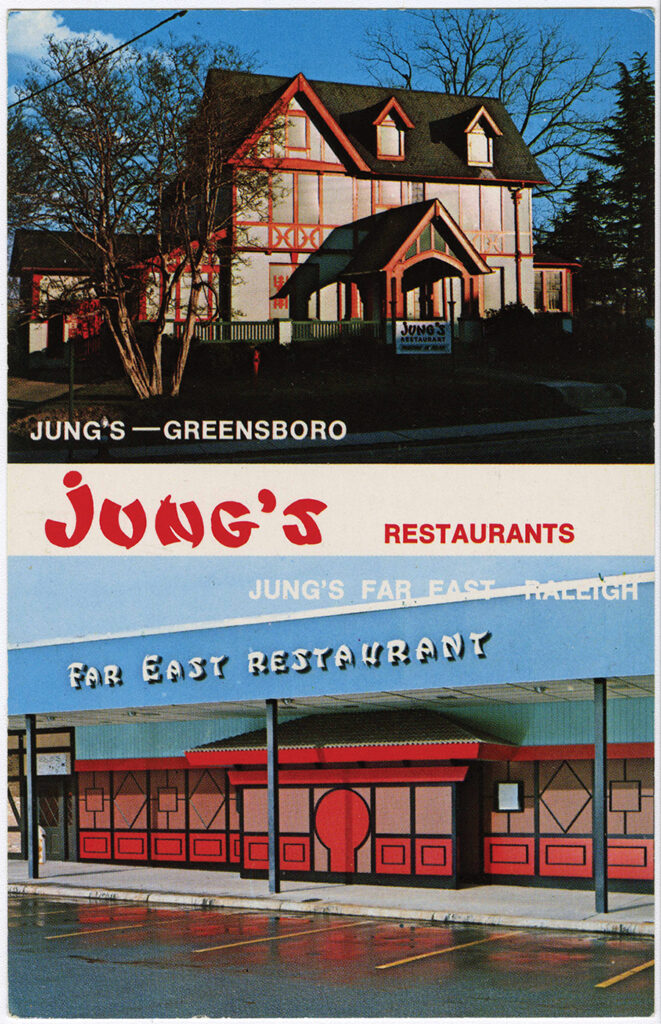
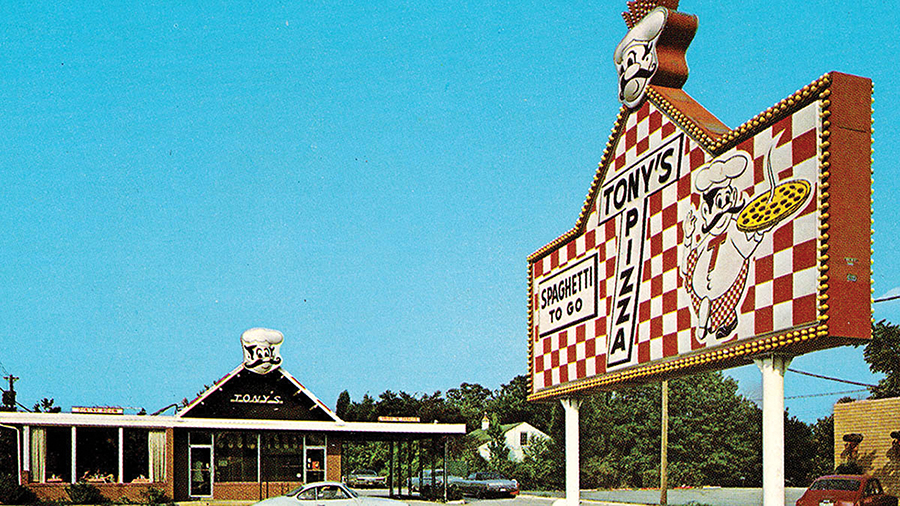


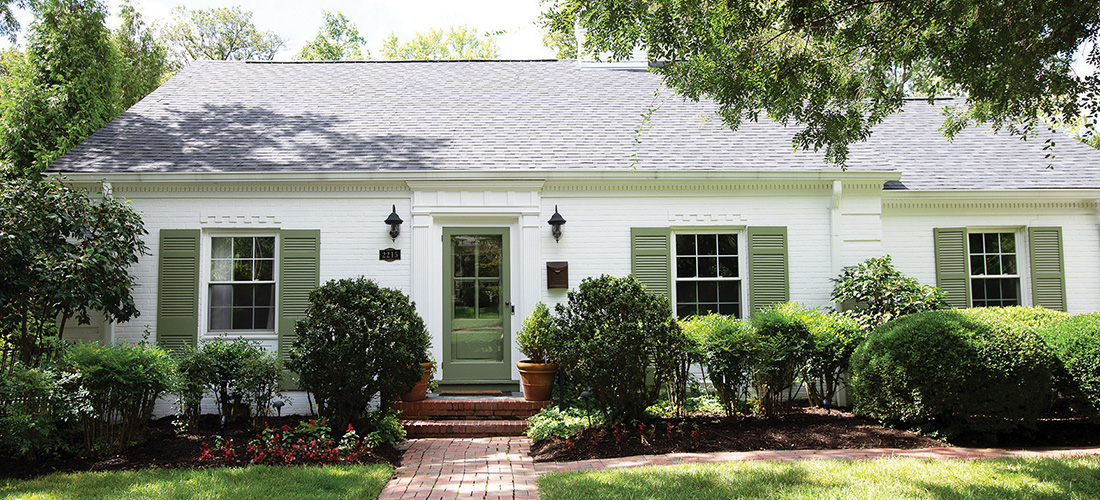
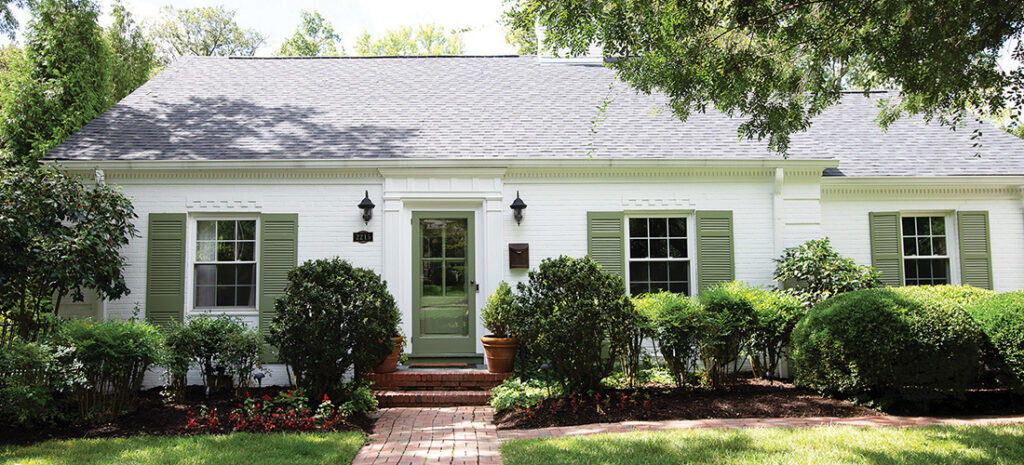


 W
W
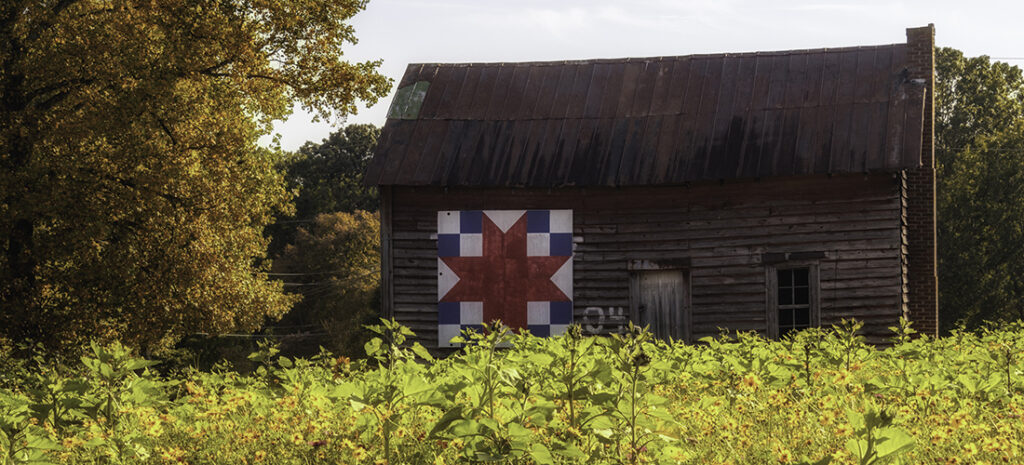
 A
A
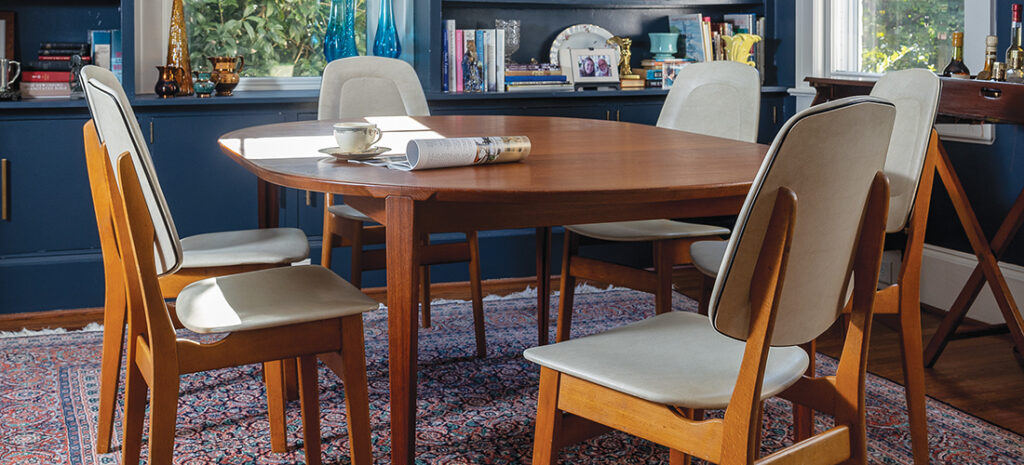



 Writer Mallory Miranda walked into Antique Market Place with a mission: Find a vintage secretary’s desk. Why? “I wanted a desk that would serve one purpose.” What she didn’t want was a catchall. She fulfilled her quest in one of her favorite stalls, Dori’s Collection. The many compartments in a secretary “are perfect for squirreling away all my notes and tools for future writing adventures.” But the real bonus for a creative spirit? “The desk folds up to conceal all my messy ‘organization.’” To complement it, Miranda found a chair from another era that is a perfect match — its “soulmate” — at The Red Collection on Mill Street.
Writer Mallory Miranda walked into Antique Market Place with a mission: Find a vintage secretary’s desk. Why? “I wanted a desk that would serve one purpose.” What she didn’t want was a catchall. She fulfilled her quest in one of her favorite stalls, Dori’s Collection. The many compartments in a secretary “are perfect for squirreling away all my notes and tools for future writing adventures.” But the real bonus for a creative spirit? “The desk folds up to conceal all my messy ‘organization.’” To complement it, Miranda found a chair from another era that is a perfect match — its “soulmate” — at The Red Collection on Mill Street.





 Lastly, as a former vintage store owner, I had to play in the sandbox of treasures, too. In an old horse stable filled with abandoned finds of a furniture refinisher (and no remnants of horses, mind you), I came across this pair of veneered midcentury cabinets that appear to have been used in an office — hence the locks. After cleaning them with a vinegar solution, I painted them white and gold-leafed the frame of the facade. Inside, each has a shelf and ample storage. It might not surprise you to find that my makeshift nightstand is stuffed with approximately — no exaggeration — 150 books.
Lastly, as a former vintage store owner, I had to play in the sandbox of treasures, too. In an old horse stable filled with abandoned finds of a furniture refinisher (and no remnants of horses, mind you), I came across this pair of veneered midcentury cabinets that appear to have been used in an office — hence the locks. After cleaning them with a vinegar solution, I painted them white and gold-leafed the frame of the facade. Inside, each has a shelf and ample storage. It might not surprise you to find that my makeshift nightstand is stuffed with approximately — no exaggeration — 150 books.